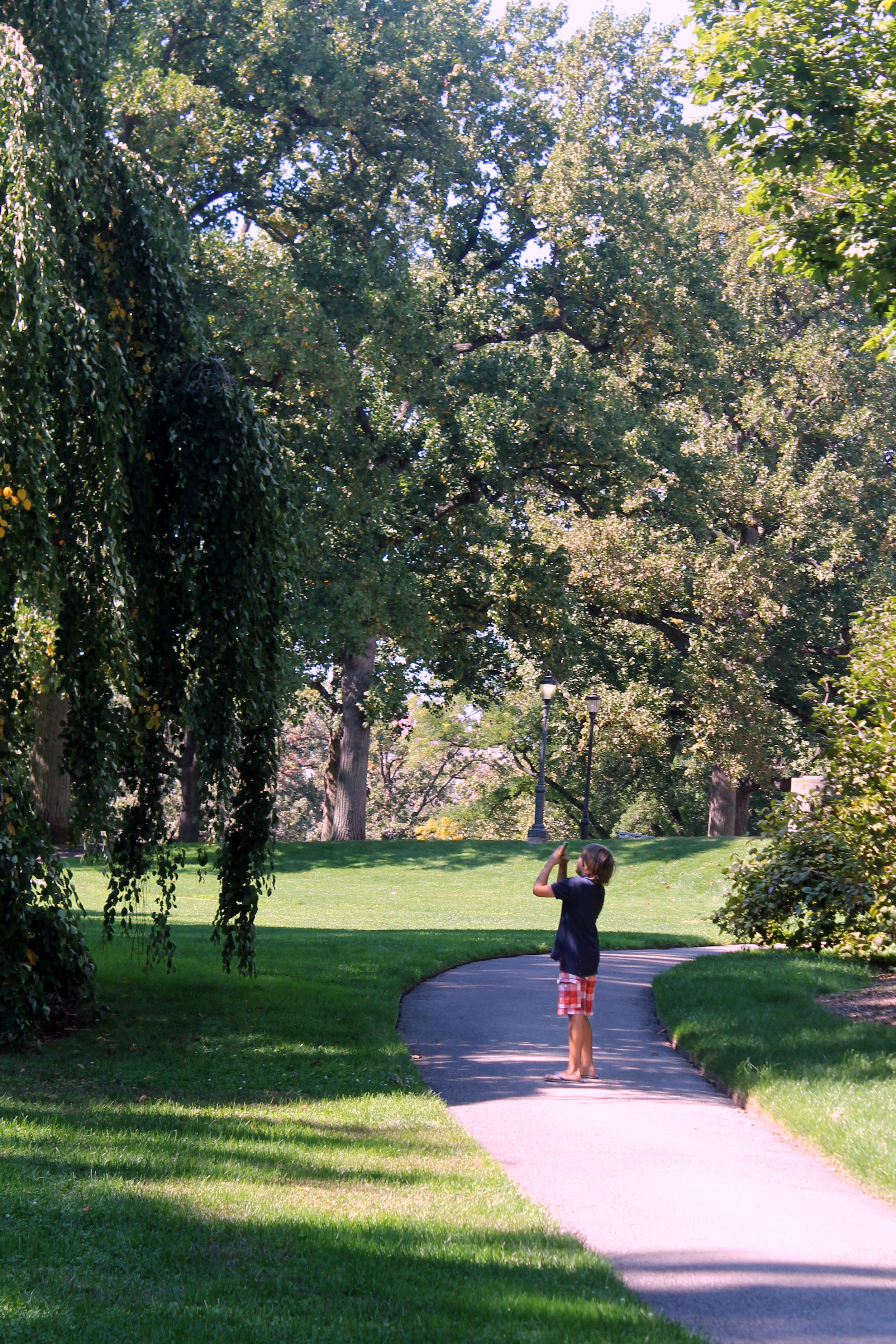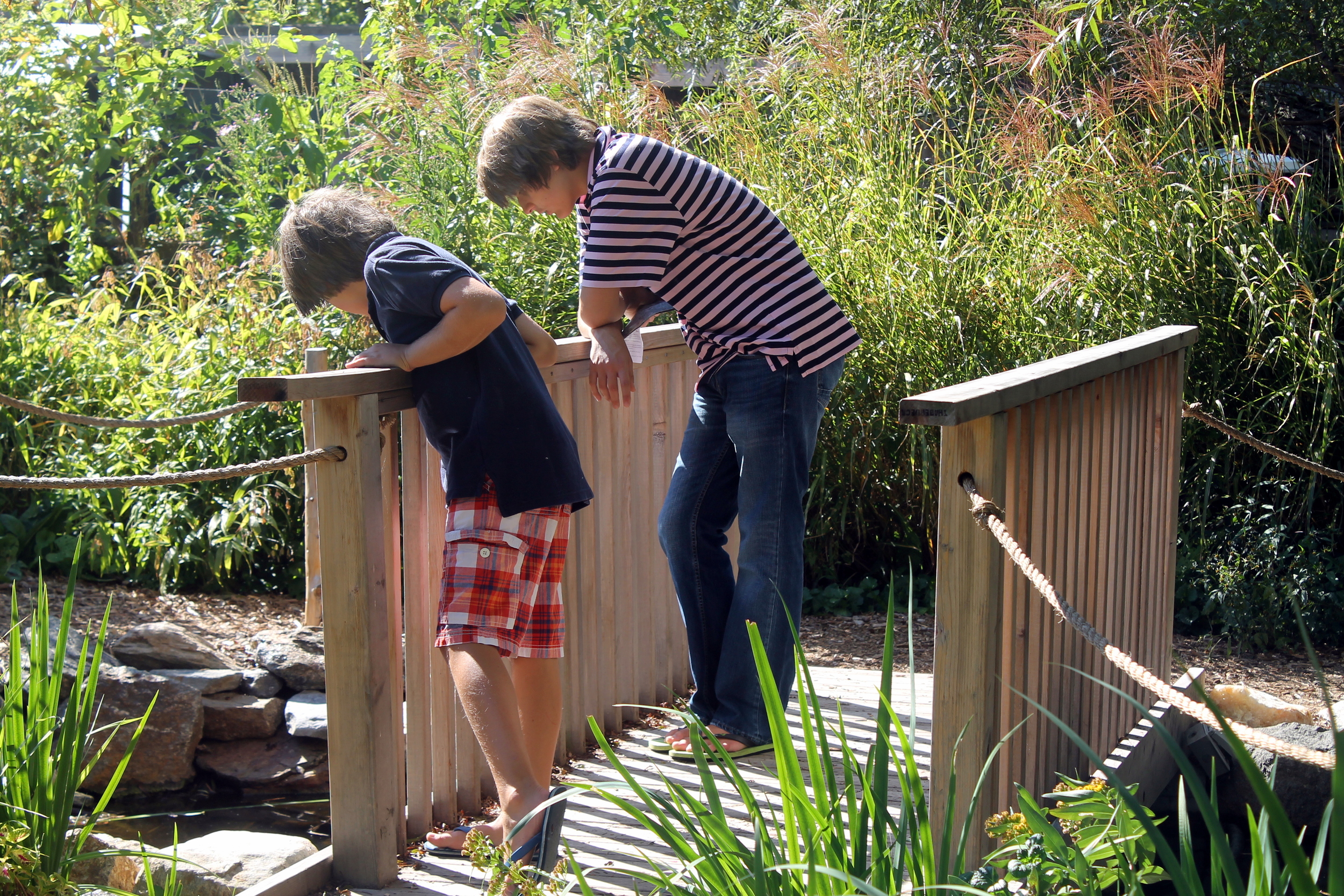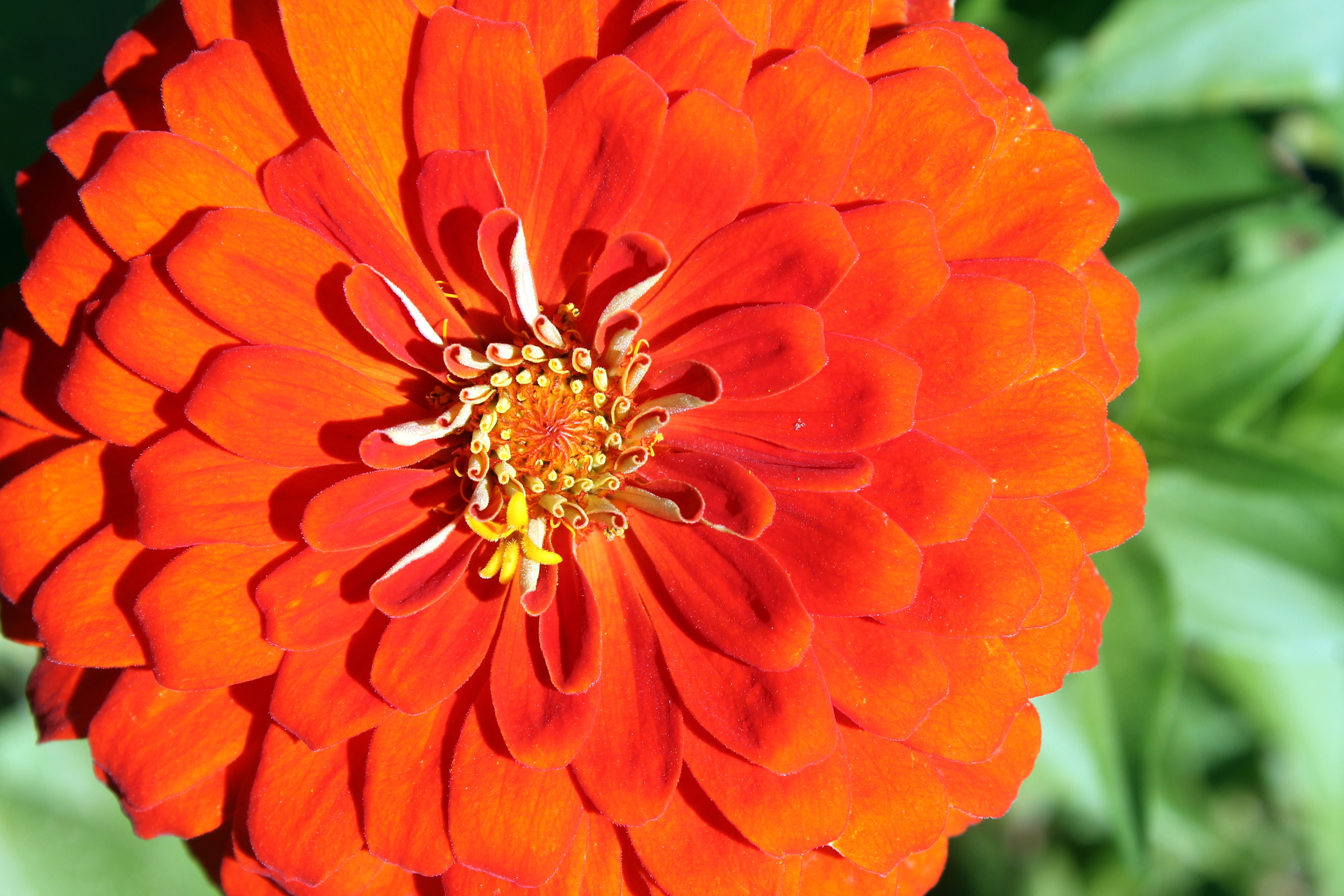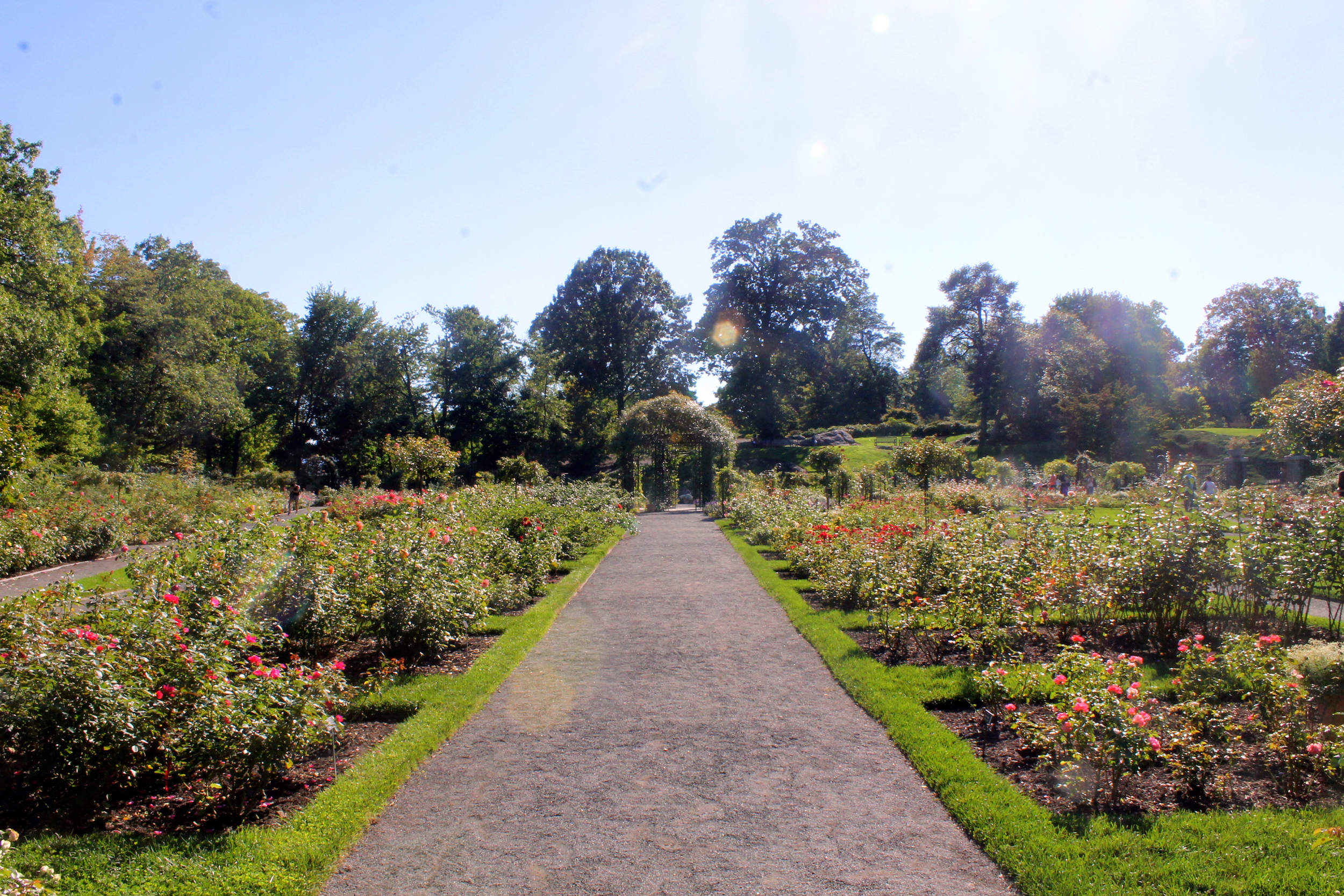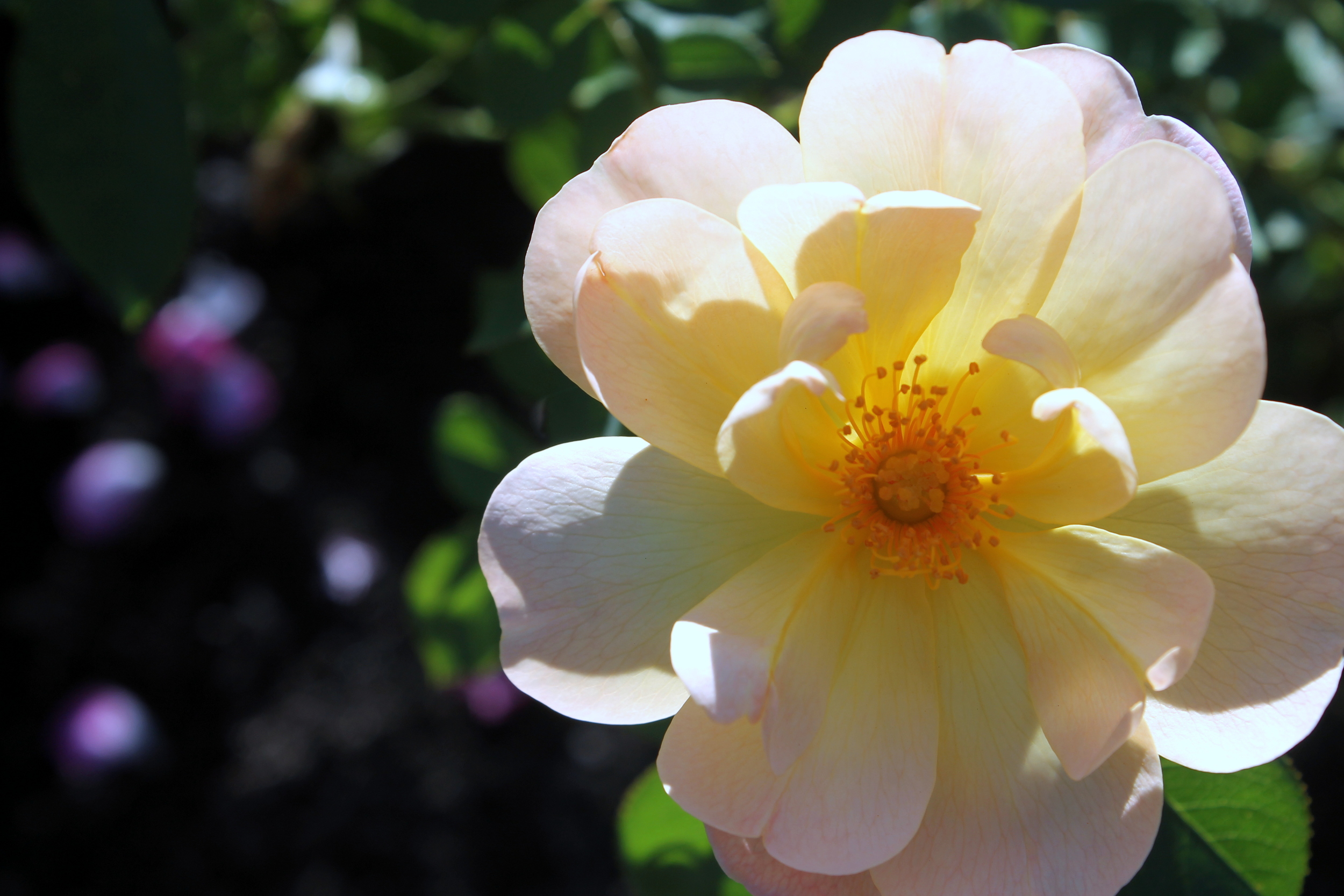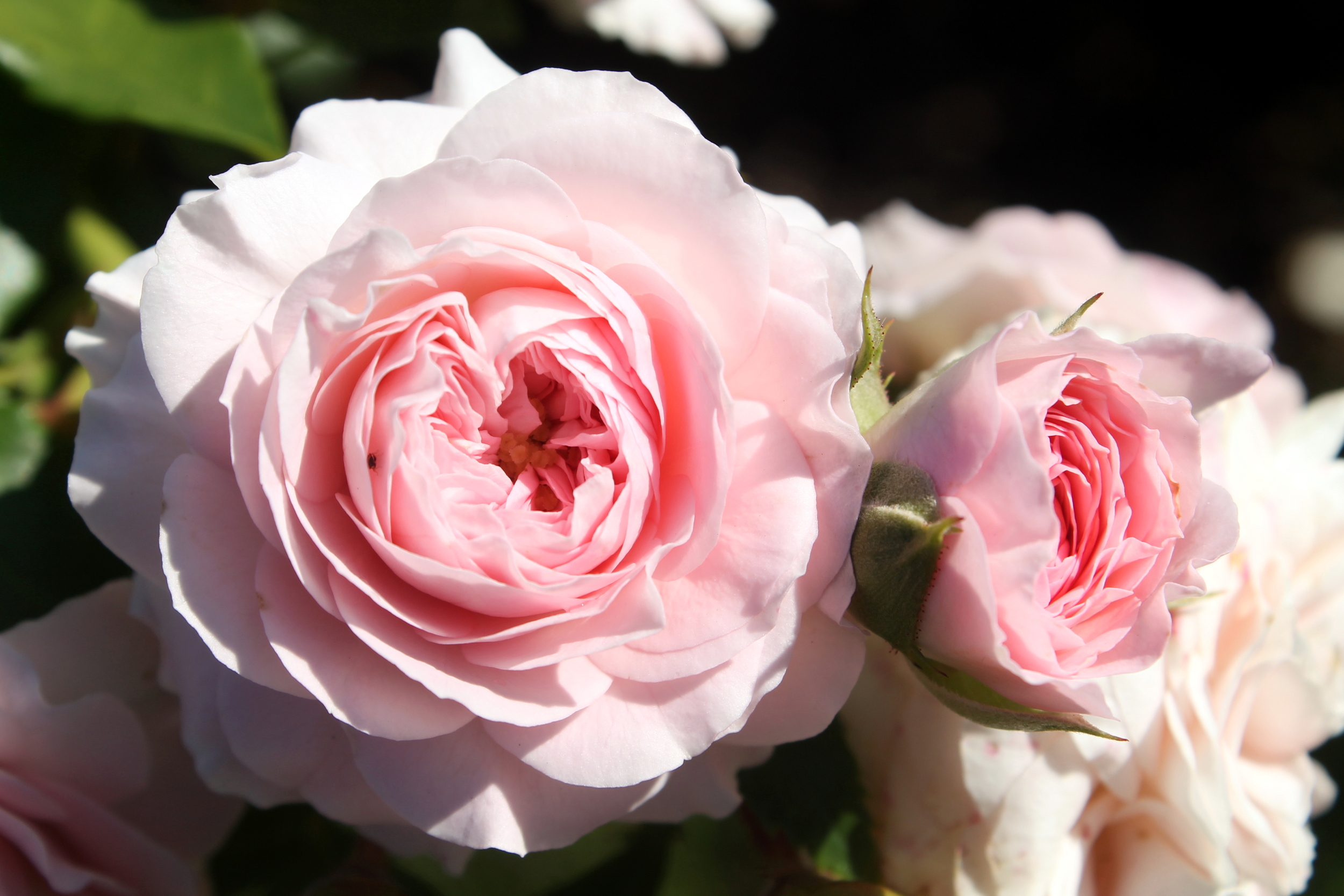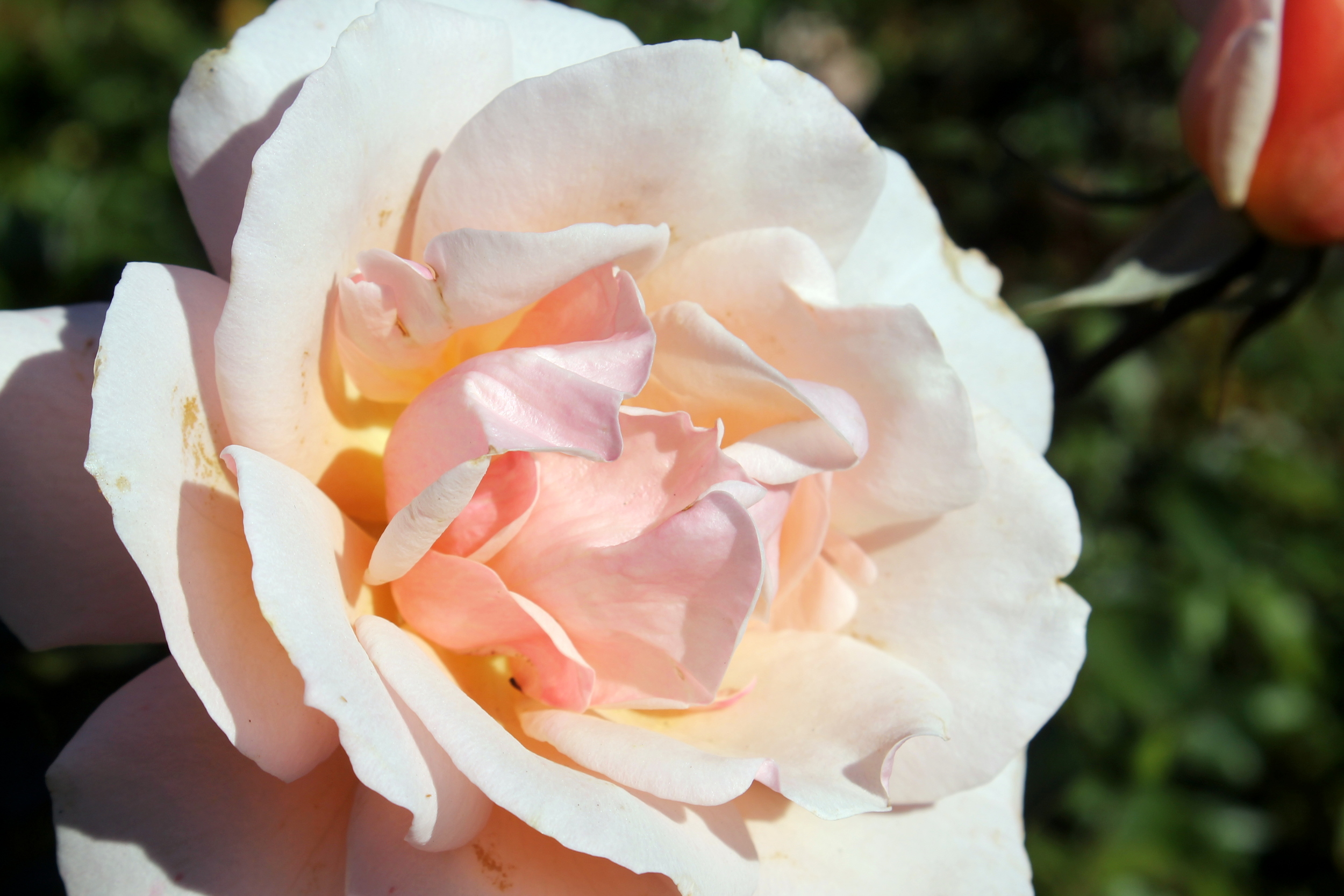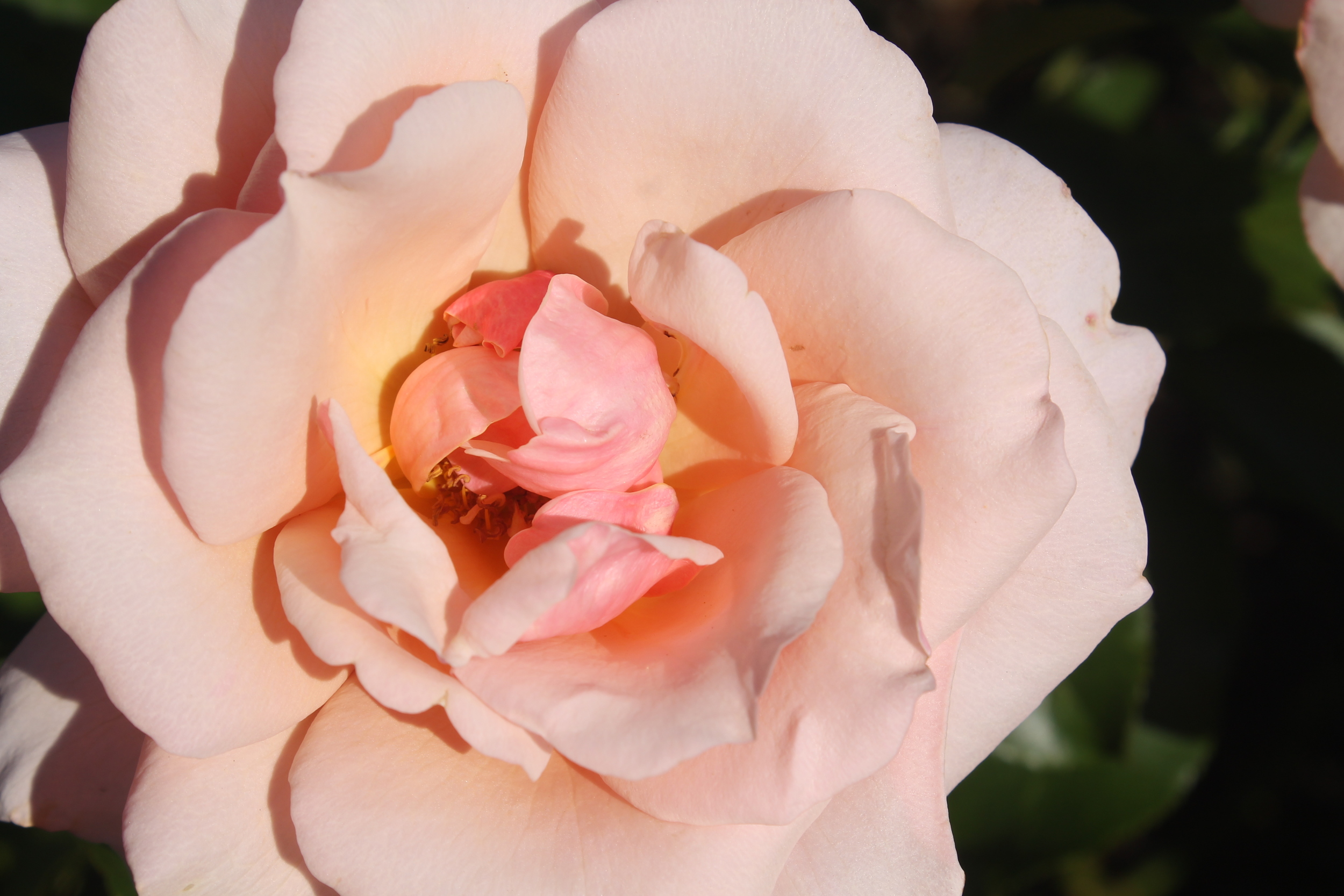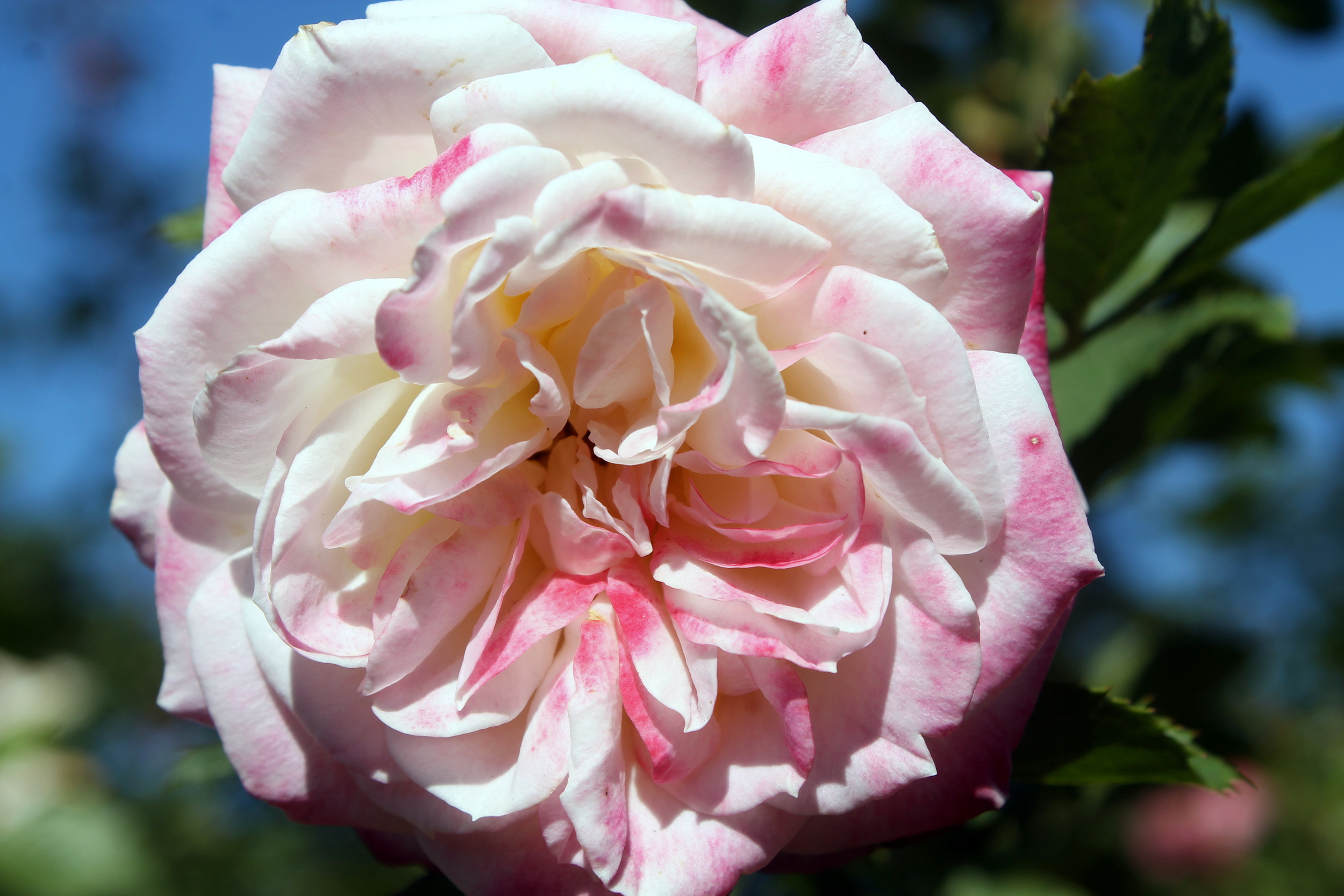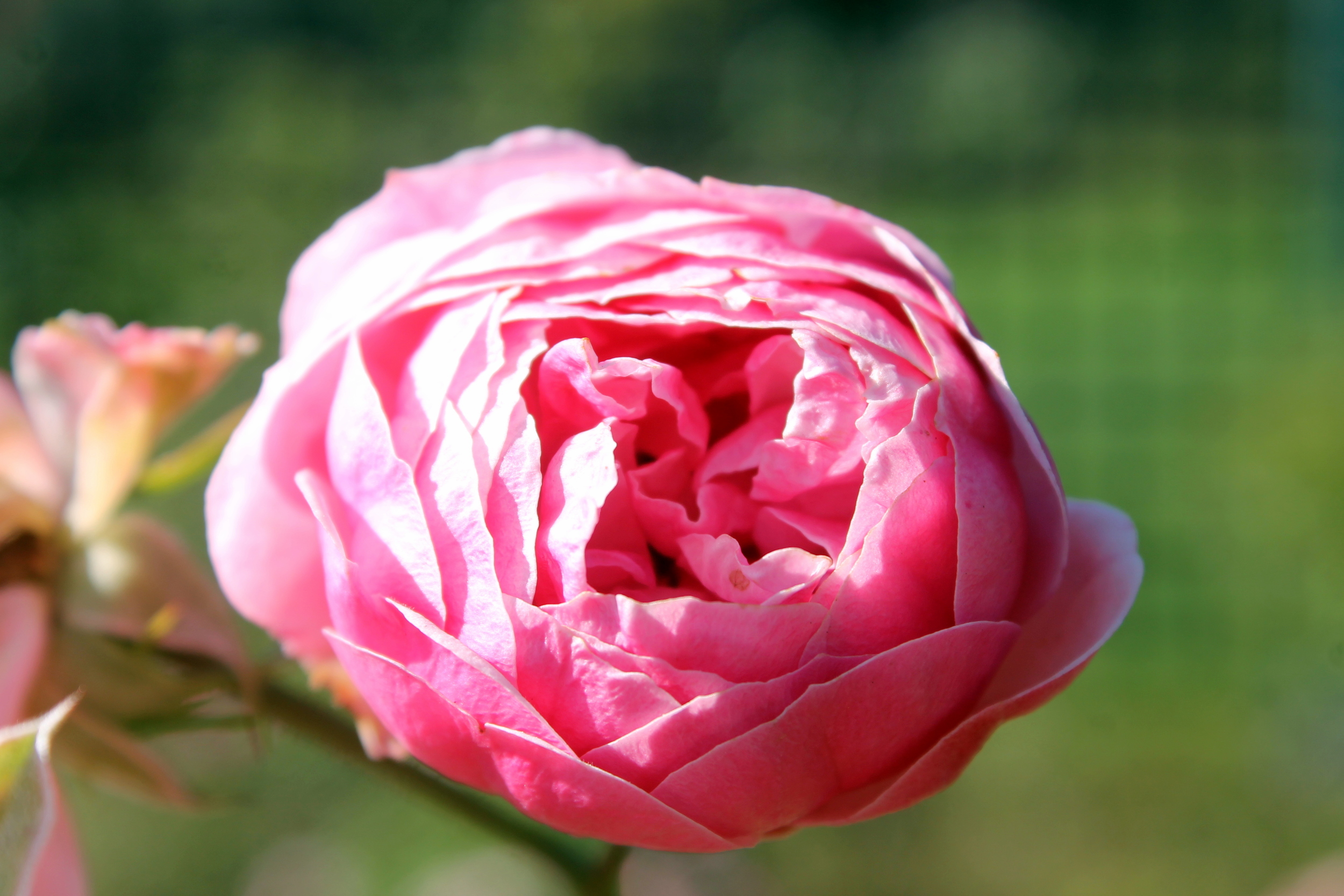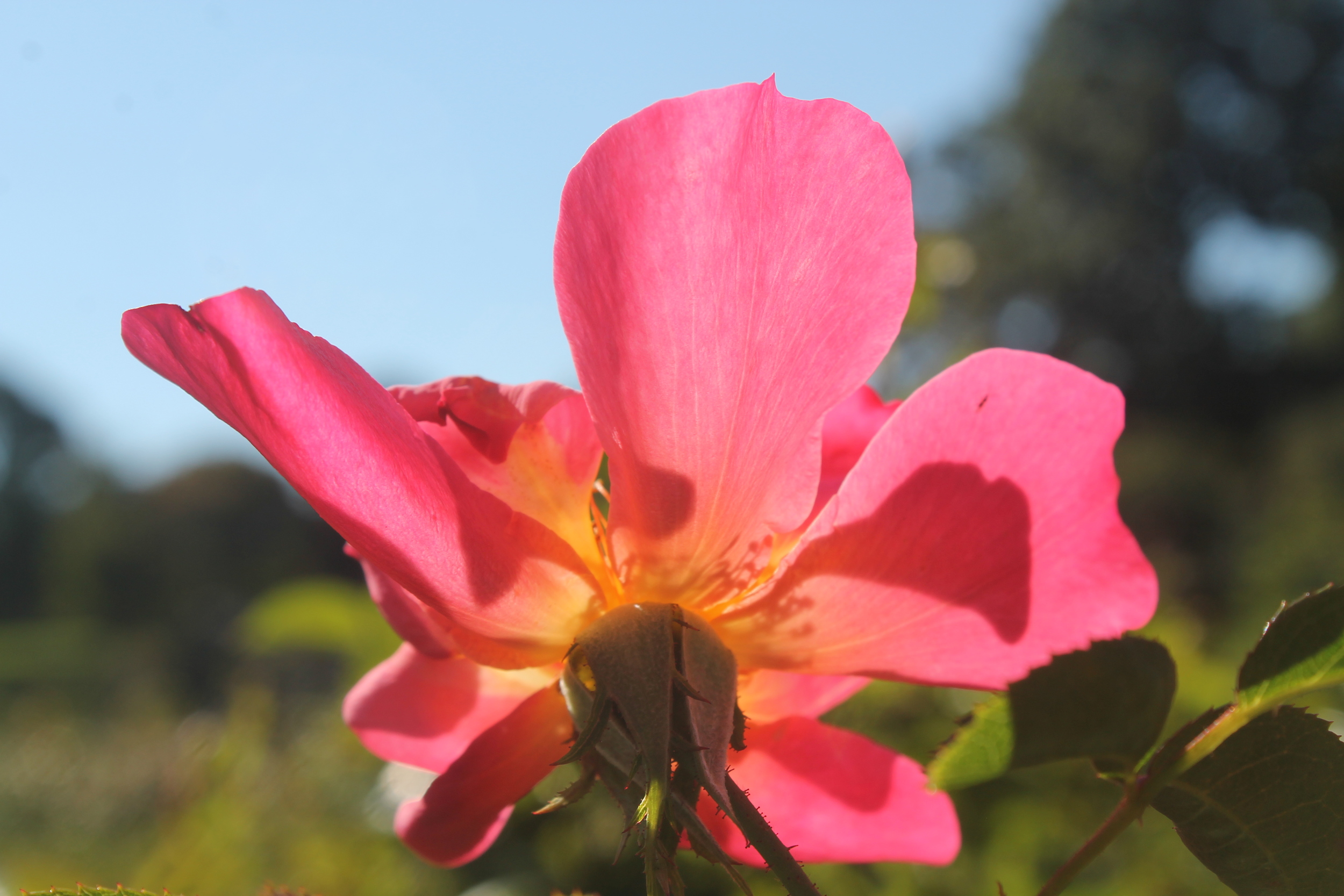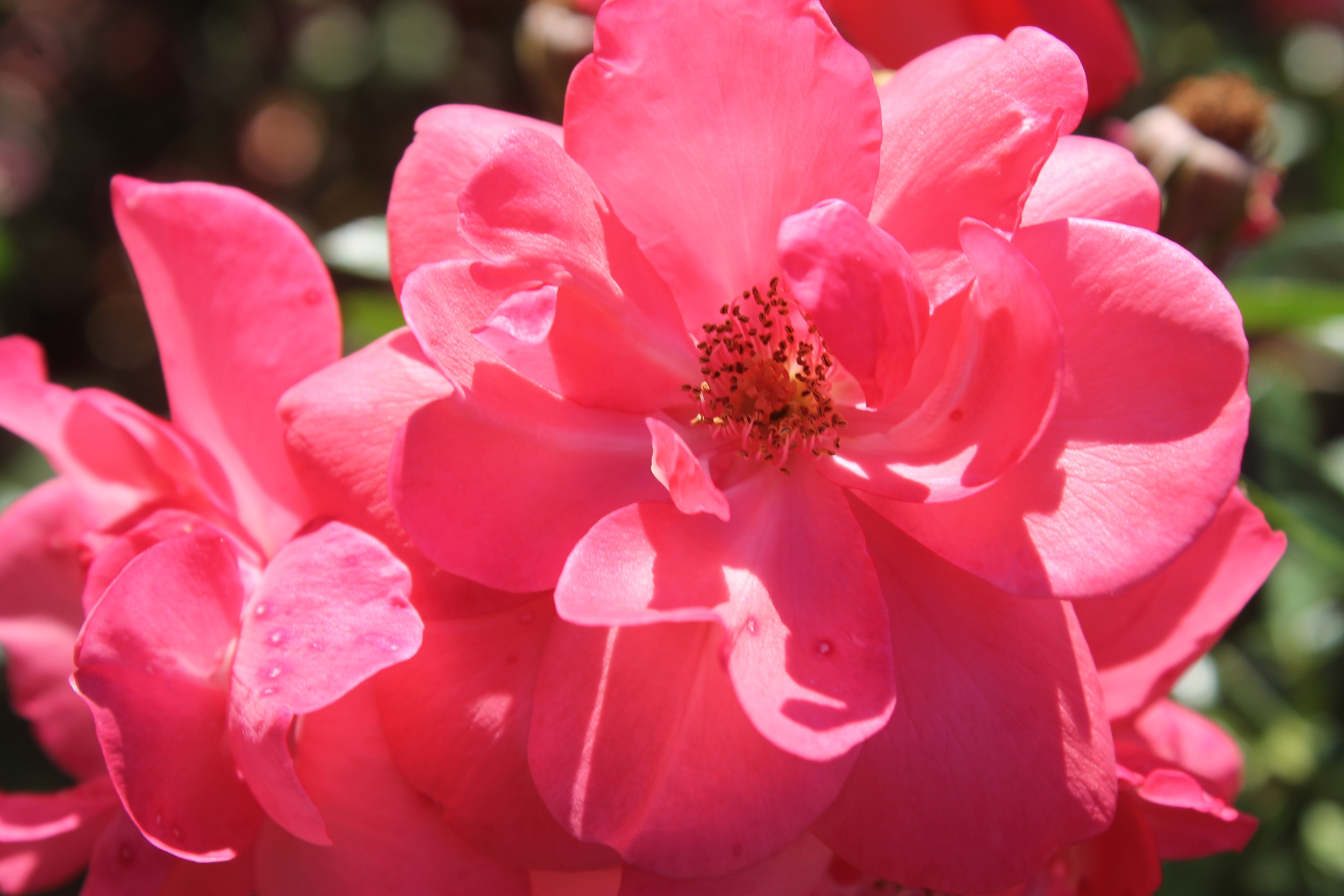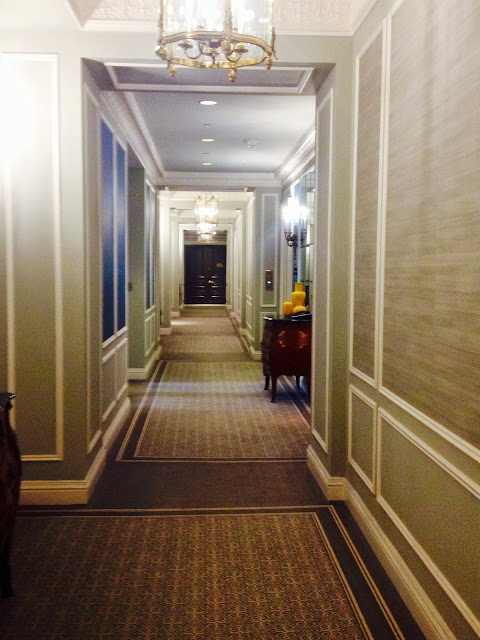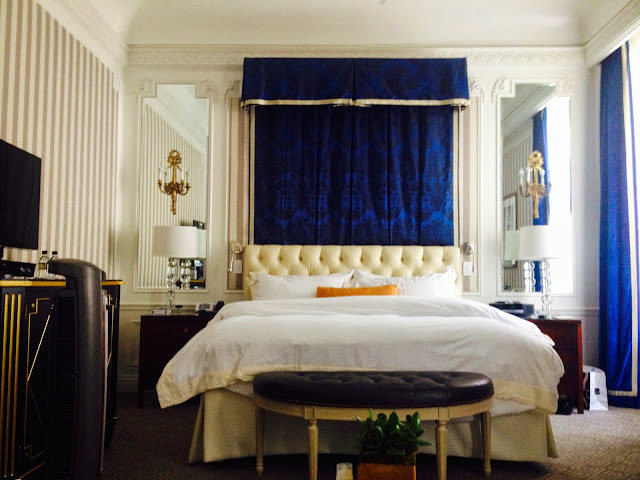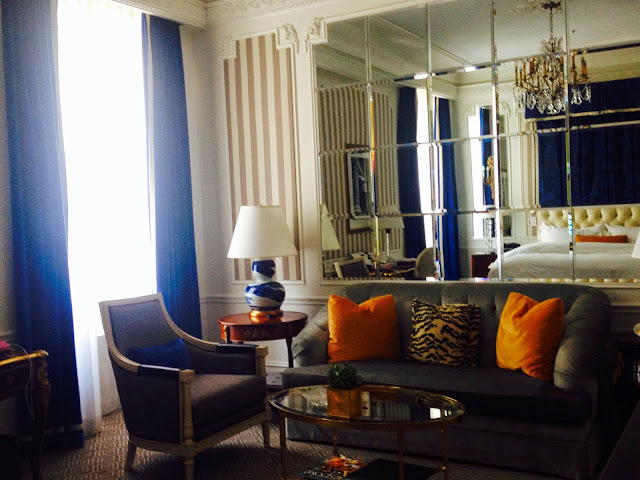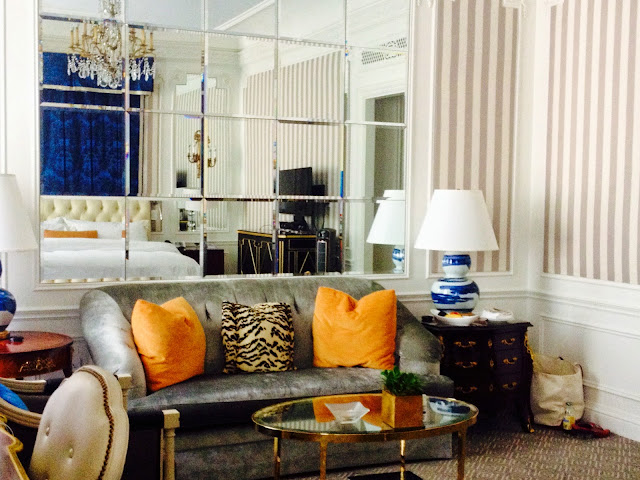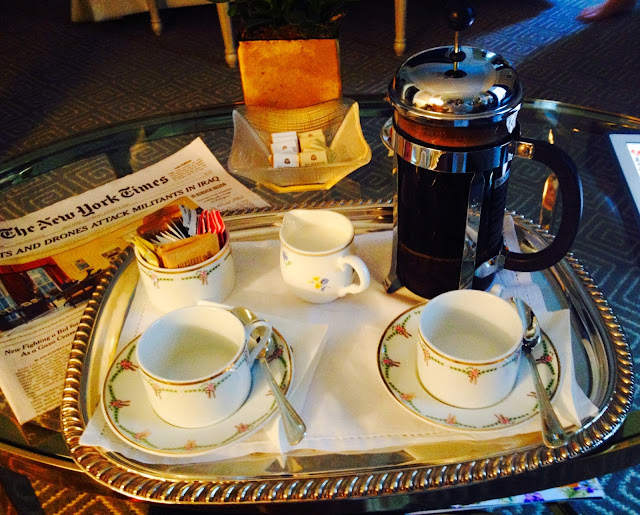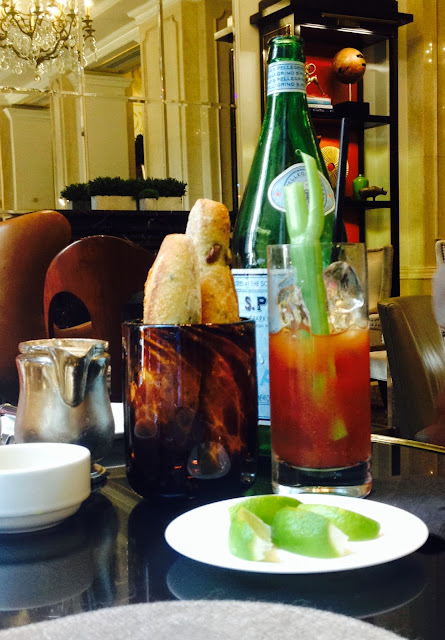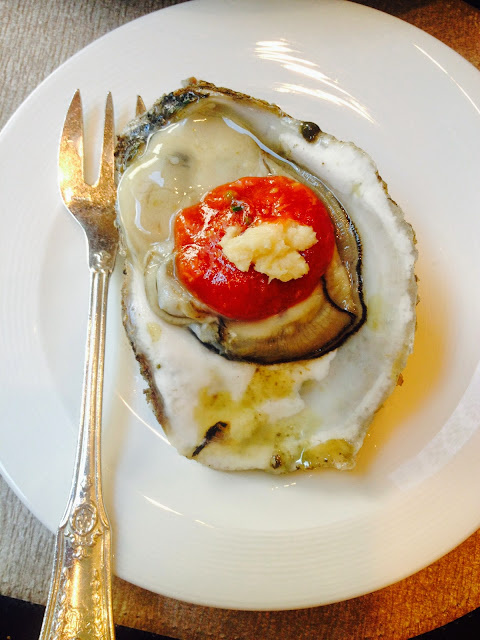Moved beyond words, there's no way to adequately express my visit to the 9/11 Museum and Memorial other than to say it is a beautiful and remarkable tribute to all 3,000 Americans who lost their lives that day. It might be off the beaten tourist path, but well worth the trip.
The 9/11 Museum and Memorial. All photographs property of The Entertaining House/Jessica Gordon Ryan
I hadn't ever been. Ground Zero had become a term referring to a part of the city where I was raised - an area I knew so little of. Manhattan's southernmost point was, and is, a world all unto its own. I remember visiting the Twin Towers in my youth. I remember the massive scale that's simply indescribable unless you've been there yourself. Massive. Powerful and intimidating, even to someone whose home was in the concrete jungle.
Like everyone I know, I remember where I was on September 11th. I was home with 2 babies and tuned into the Today Show as much of the country had. We saw footage of the first plane as it flew into the first tower. We watched as the 2nd flew into the North Tower. And just like that the world as we knew it changed. An hour outside the city, we lived in a commuter town. I knew local families would be impacted. I knew my own friends, who worked down there, would be impacted. I just didn't know the gravity at the time. Like the rest of the country, the rest of the world, I watched mesmerized, wanting to know how, why, this attack on my great country, on my great city.
Nearly 15 hears have passed and the area is still under construction. The new transportation center, another architectural masterpiece, was recently opened to the public, and of course there is the Memorial and the Museum. It was time I paid tribute and I did, along with my children who are 17, 15 and 10, each of whom were incredibly moved.
The 9/11 Museum and Memorial. All photographs property of The Entertaining House/Jessica Gordon Ryan
The waterfalls and reflecting pools, each about an acre in size, are set within the original footprints of the towers. They're massive and there's no way to appreciate their size unless you see them in person. The sound is loud, powerful and soothing. The Memorial plaza is one of the most eco-friendly plazas ever constructed. More than 400 trees surround the reflecting pools. Designed to convey a spirit of hope and renewal, it creates a contemplative space separate from the usual sights and sounds a busy city. The museum itself lies directly in between the two fountains, where the large globe-like Sphere was located. Damaged in the collapse, the Sphere is now displayed in nearby Battery Park City.
The 9/11 Museum and Memorial. All photographs property of The Entertaining House/Jessica Gordon Ryan
The museum was built as a tribute to the original towers. Designed to look like the image of a partially collapsed tower, the structure very much resembles large shards of glass. The building, a mixture of metal and glass, reflects the natural outdoor lighting. Inside the tone changes almost instantly.
The Museum respectfully pays a wonderful tribute not only to the victims in New York City, but to those in Washington, DC as well as those on board the plane that crashed in Shanksville, PA and those who lost their lives in the 1993 World Trade Center Bombing. The collection is both haunting and mesmerizing - it will move you to the core. The architecture mindfully takes us from exhibit to exhibit, paving the way from large structural items from the towers, to hollowed out fire trucks, to smaller tokens found in the aftermath.
There's hours of original footage, photography and documentation. Voice recordings from the passengers of the doomed flights are as chilling today as they were fifteen years ago. The images of the victims are as haunting today as they were fifteen years ago. A special room was created as a tribute to them all. The youngest of the victims was a mere toddler. Immortalized, 3000 who perished remain imbedded in our memories, frozen in time, ageless. We weaved in and out of exhibitions, the vast majority is contained in a gallery where no cameras were permitted. Boxes of tissues are strategically placed throughout the museum.
The 9/11 Museum and Memorial. All photographs property of The Entertaining House/Jessica Gordon Ryan
Visitors enter through a steel and glass pavilion that include two of the Twin Towers' massive steel tridents. Their presence, imposing, cannot go unnoticed. This is a museum that is serious, somber, reflective. There's nothing remotely cheerful or lighthearted about the space or the 23,000 images, 10,300 artifacts, 500 hours of moving images and 1,970 oral histories. It is in every sense of the word a living museum, a three dimensional history book.
The building cost $700 million to build which was made possible through both public and private contributions, and will need $60 million per year to run. Security alone will cost an estimated $10 million a year.
The 9/11 Museum and Memorial. All photographs property of The Entertaining House/Jessica Gordon Ryan
Above, the Trident columns are symbols and reminders of the past as they command your attention against a backdrop that represents the present and the future.
One descends an incredibly steep stair case to get to the main exhibition space, to bedrock alongside the Vesey Street Stair remnant known as the "Survivors’ Stairs." This is where hundreds managed to escape their death on 9/11. The staircase is moving, powerful. Nothing in this space goes unnoticed, unappreciated.
The 9/11 Museum and Memorial. All photographs property of The Entertaining House/Jessica Gordon Ryan
Original beams from the towers are positioned and displayed throughout. Once strong enough to hold up two of the world's most important structures, now resemble pliable metal sculptures. But these aren't sculptures. This is no art.
The 9/11 Museum and Memorial. All photographs property of The Entertaining House/Jessica Gordon Ryan
As one looks closely at all the mangled beams strategically placed throughout, it still seems incomprehensible as to how they became so deformed. These buildings after all were built to withstand everything, including the possibility of a plane crashing into their walls.
The 9/11 Museum and Memorial. All photographs property of The Entertaining House/Jessica Gordon Ryan
The brutally splayed and mangled columns were at the direct point of impact.
The 9/11 Museum and Memorial. All photographs property of The Entertaining House/Jessica Gordon Ryan
The 9/11 Museum and Memorial. All photographs property of The Entertaining House/Jessica Gordon Ryan
The memory wall is covered by thousands of blue squares, each one representing how people described the clear blue sky that beautiful September morning. This wall is the only commissioned piece of art for the museum. Spencer Finch wanted to play off the importance of the sky that morning which became his inspiration. This delicate work is comprised of 2,983 individual squares of Fabriano Italian paper, each square representing every person killed in both the September 11 attacks as well as the 1993 bombing of the World Trade Center. Behind this wall lies a repository for the remains of 9/11 victims under the jurisdiction of the Office of Chief Medical Examiner of the City of New York. For more read here.)
The 9/11 Museum and Memorial. All photographs property of The Entertaining House/Jessica Gordon Ryan
In the days after the terror attacks on Sept. 11, 2001, an American flag appeared on the side of a construction site overlooking Ground Zero in downtown Manhattan. A construction crew hung the 30-foot flag on 90 West Street as a symbol of hope for volunteers searching for survivors in the wreckage of the World Trade Center. The flag, terribly tattered and torn was placed in a bag and was to be honorably retired. Years later it was removed from the bag, smelling of smoke, covered in ash and torn into 13 pieces. It then traveled throughout all 50 States where it was repaired and finally returned home. To read more about the story of the flag and its repairs read here.
The 9/11 Museum and Memorial. All photographs property of The Entertaining House/Jessica Gordon Ryan
Many original beams and structural components of the original towers are on display, linking one exhibit to another.
The 9/11 Museum and Memorial. All photographs property of The Entertaining House/Jessica Gordon Ryan
A detail of the memorial urn where names of each of the 2,977 victims is fitted into a unique space on one of the urn's 12 sides.
The 9/11 Museum and Memorial. All photographs property of The Entertaining House/Jessica Gordon Ryan
The remains of the 360 foot spire that was atop The North Tower are pictured above and below.
The 110th floor housed radio and television transmission equipment. The roof of the North Tower contained a vast array of transmission antennas. The large center mast contained the television signals for almost all NYC television broadcasters. After the September 11 attacks of 2001, the broadcasting equipment for the radio and television stations was moved to the Empire State Building.
The 9/11 Museum and Memorial. All photographs property of The Entertaining House/Jessica Gordon Ryan
The 9/11 Museum and Memorial. All photographs property of The Entertaining House/Jessica Gordon Ryan
The 9/11 Museum and Memorial. All photographs property of The Entertaining House/Jessica Gordon Ryan
The above and below images are of one of the elevator motors. The elevators ascended about 1 sec per floor. (Those elevators used to terrify me!)
The 9/11 Museum and Memorial. All photographs property of The Entertaining House/Jessica Gordon Ryan
Damage from smoke, fire and flying debris, including pieces of metal and glass from the towers as well as the airplanes landed on the streets below. Housed permanently in the museum are two large FDNY fire engines. One is partially mangled beyond recognition, images below. The other burnt, almost beyond recognition. (No images of that one.)
The 9/11 Museum and Memorial. All photographs property of The Entertaining House/Jessica Gordon Ryan
The 9/11 Museum and Memorial. All photographs property of The Entertaining House/Jessica Gordon Ryan
The 9/11 Museum and Memorial. All photographs property of The Entertaining House/Jessica Gordon Ryan
The 9/11 Museum and Memorial. All photographs property of The Entertaining House/Jessica Gordon Ryan
The 9/11 Museum and Memorial. All photographs property of The Entertaining House/Jessica Gordon Ryan
The 9/11 Museum and Memorial. All photographs property of The Entertaining House/Jessica Gordon Ryan
The 9/11 Museum and Memorial. All photographs property of The Entertaining House/Jessica Gordon Ryan
By the displayed remnants of Engine 3 streams footage of the truck and the first responders at the scene.
The 9/11 Museum and Memorial. All photographs property of The Entertaining House/Jessica Gordon Ryan
Any other place this might seem like art, or a sculptural looking piece but this isn't either. It's one of the beams from the where Flight 175 made impact, damaging the building's infrastructure.
The 9/11 Museum and Memorial. All photographs property of The Entertaining House/Jessica Gordon Ryan
One of the beams located between the 93 and 97 floors, at the point of impact.
The 9/11 Museum and Memorial. All photographs property of The Entertaining House/Jessica Gordon Ryan
This was the last column to be removed during the demolition. Pause. Stop. Look. Reflect. No one is immune to the overwhelming magnitude of the artifacts. Each and every piece, no matter how large or small tells a powerful story. Airplane seat belts and windows, women's shoes, children's clothing, wallets, personal notes, video montages, photographs, voice recordings all humanize an important moment in history that won't and should never be forgotten. In the above image (to the right) and below are pieces of the slurry wall.
The 9/11 Museum and Memorial. All photographs property of The Entertaining House/Jessica Gordon Ryan
The following is an excerpt from Rizzoli's the stories they tell, artifacts from the national september 11 memorial museum as an explanation of the Slurry Wall and its importance to the building of the original Twin Towers.
“The world Trade Center was to be built at the western edge of lower Manhattan, alongside the Hudson River. The challenge of bracing the enormous weight of the planned towers was compounded by all that water which had to be kept from seeping into the building’s foundations.
Aware that a new method for constructing underground walls in ‘difficult soil conditions’ such as the proximity to the water, had been developed in Italy in the late 1940s, leadership at the Port Authority of New York and New Jersey sent a young engineer named George J. Tamaro there in 1964 to learn him it was done. Three years later Tamaro would oversee the slurry wall construction that made erecting the World Trade Center possible.
Referred to as ‘the bathtub’ despite the fact it held water out rather than in, the wall measured 3 feet thick, 3,500 feet around and as much as 80 feet high. To keep water out of the hole as it was being excavated, engineers first dug a trench and filled the empty space with bentonite, which thickens and becomes sticky when mixed with water, Bentonite created a watertight seal and it was applied along the enormous trench.... A series of anchors was attached to the wall and drilled deep into the bedrock behind it...
This was how the towers stood, quite literally, until September 11, 2001. Following the collapse of the Twin Towers, remnants of the facades of each tower remained standing at precarious angles. One central piece remained in place. The slurry wall, built to hold back the Hudson River, held.”
There were serious cracks in the Slurry Wall after the attacks and the wall would need to be reinforced. When the site was cleared the wall had been stabilized with the addition of nearly 1000 new anchors. Had the wall suffered serious cracks or collapsed the subways would have flooded and quite possibly all of lower Manhattan could have become submerged.
In the museum we see the exposed back of the original Slurry Walls. The box columns were designated as historic assets and were preserved as such. Inside the museum, located seven feet below ground the visible tops of the cutoff box column outline the footprints that now houses the exhibits. Elements of the original Twin Towers, the box columns as well as the slurry wall has become a foundation for the future and a powerful link to the past.
The 9/11 Museum and Memorial. All photographs property of The Entertaining House/Jessica Gordon Ryan
Above is a River Water Line Valve that was in the slurry wall. It carried water from the Hudson River to an underground refrigeration unit for the towers. It's about 6 feet tall.
The 9/11 Museum and Memorial. All photographs property of The Entertaining House/Jessica Gordon Ryan
Above the two trident shaped columns soar into the air from the museum's lower level to the upper level where visitors begin their journey. They mark both the beginning and the ending of the museum visit.
The 9/11 Museum and Memorial. All photographs property of The Entertaining House/Jessica Gordon Ryan
As we emerged from below and made our way to the light of day and the bright sun that awaited us, we passed by the newest PATH hub designed by Santiago Calatrava, $4 billion World Trade Center Transportation Hub. The Oculus, looking like a giant fish tail, is massive, impressive, and beautiful in a futuristic and hopeful manner. (I learned later, after researching, that it was meant to evoke the lyrical form of a bird in flight.)
If you're in Manhattan, live near the city or are planning a trip there soon, a trip downtown will surely be worth your while. While slightly off the beaten visitor path, this is one worth venturing down.

























































